So, picture the scene. You’re GASing* for a precision bass in sunburst, not to mention that you’ve wanted a fretless bass for some time. What better, then, than the Squier VM (Vintage Modified) Precision Fretless?!
Now, for those that fancy the idea of a fretless bass – but are afraid of having to intonate the notes correctly – the perfect solution, of course, is a lined fretless. I’ve not played bass for a few months, as I’ve been busy playing guitar for a local amateur dramatics “pit band” – but even so, it took me roughly 15 minutes to learn how to intonate notes – with the help of the lines on the fingerboard and a chromatic tuner. I’m sure I’ll have to remind myself each time I play, but that time will get shorter and shorter each time.
I’ve played in a few bands over the years and I used to be a barman in more than one London live music venue. The point is that I have been discussing the playing of bass and guitar with various players from different walks of life; often asking for tips and tricks. Most bass players said that a fretless bass is a good instrument to add to the arsenal; because time spent on a fretless bass (lined or otherwise) is beneficial to developing hearing and feel.
Credit goes out to PMT, I bought the bass guitar off them at 14:50 on Monday and it was here around 11:00 the day after. One of the better prices available for it too – I paid the princely sum of £274.50.
Now – to talk about the instrument itself; it was adorned with a 4 point checklist stamped by people who had inspected the setup, etc. The first thing I looked into was intonation – sounding the 12th fret harmonic, as well as fretting the note at the 12th fret and checking that the same (obviously an octave higher) note as the open string; an accurate chromatic tuner is a must for this step. The action is perfectly playable – a little high for my taste, but then I prefer very low action. The saddles are almost at their highest point – in other words there is plenty of room for adjustment, so certainly there are absolutely no issues with the neck joint or the height of the fingerboard compared to the instrument’s body. All in all – they did well with setting up the bass.
The fretboard on the Squier VM P-bass is made of ebonol. Ebonol is a synthetic material designed to look like ebony wood. It is designed to much harder wearing. It doesn’t quite feel like wood – it’s got more of a plastic feel to it (but not unpleasant or tacky). It must be said that I did my research before buying this instrument and I know it’s made of ebonol; you would be hard pressed initially to spot that the fingerboard is not made of wood – but on closer inspection the jig is up.
Squier string these bases with roundwound strings. Why this is the case – I’m not sure, maybe it’s a pricing issue (although flatwound strings are generally only 10-20% more expensive than roundwound strings), maybe it’s the fact that roundwound strings sound much brighter than flatwounds (which by virtue of their construction are very smooth, but rather dull sounding compared to roundwounds). On a final note about roundwound strings – Jaco Pastorius (the grandfather of modern electric bass) used roundwound strings on his home made fretless bass, so perhaps this is a not to his prodigious talents?!
Conventionally a fretless bass would not use roundwound strings, as this would wear grooves into the expensive wooden fingerboard; of course this is not so much a concern here, seeing as ebonol is much harder wearing and at this price, if the fingerboard on this bass lasts 10 years, the neck is replaceable. Flatwound strings are wound flat (with a ribbon of metal instead of a wire), produce a much more mellow tone, and give you that “double bass swell” to the notes. Not to mention, due to the flat winding – sliding your finger on the string is smooth and easy. I will likely replace the strings with flatwounds to preserve the fretboard and to get a more mellow sound.
Speaking of a wooden fingerboard – it must be said that a good wooden fingerboard is a thing of beauty, and for the appreciator/aficionado (i.e. if you’re into that kind of thing) the tactile experience from well polished ebony or other wood fingerboard is unparalleled and you simply won’t get that here. However, it’s something you’ve got to make your peace with, because at £275 it’s less than half price of the Fender version of the same guitar, which incidentally has a fretboard made of Pau Ferro. One major advantage of ebonol is that you’re not contributing to the cutting down of ebony, rosewood or any other rare wood, and hence not contributing to endangering rosewood trees, for example. Some may consider this a major bonus, and I certainly do.
Playability – I’ve owned basses for over a decade and played some very expensive custom shop
Fenders – so I like to think that I know what a good quality bass feels like and how it should respond. The Squier VM Fretless does not disappoint and in my eyes is MILES better than any Squier Affinity (the Squier low budget line) that I’ve played. The bass is crafted in Indonesia, and is made well.
The single split coil pickup is lovely and ranges from bright to dull. With the tone control is turned to full – the stock roundwound strings sound almost too bright (almost like there’s fret buzz, which is impossible because there aren’t any frets!). I found the sweet spot to be around halfway. It’s fantastic to know that that level of brightness is available – when flatwound strings end up on it, it will come in useful.
The Squier VM fretless has a gloss neck – not unpleasant to my hands. Some may hate it but the satin finish can easily be achieved with fine grade (600 or higher) sandpaper!
To summarise – it’s a fantastic fretless bass that sports lines to help you intonate, sounds good with its P-bass pickup, it plays like a £500+, only costs £275. What’s not to like?! 5 stars!
*GAS – Guitar Acquisition Syndrome – as yet unclassified psychiatric disorder whereby a guitarist is obsessed with acquiring more and more guitars. One for every occasion/use usually with various features such as a humbuckers, single coils, nicer neck (various woods), etc. I like to think that all my guitars are different and serve different purposes but I’ll happily admit that some of them have been acquired because of looks and/or an unexplainable desire to have a particular type of guitar.
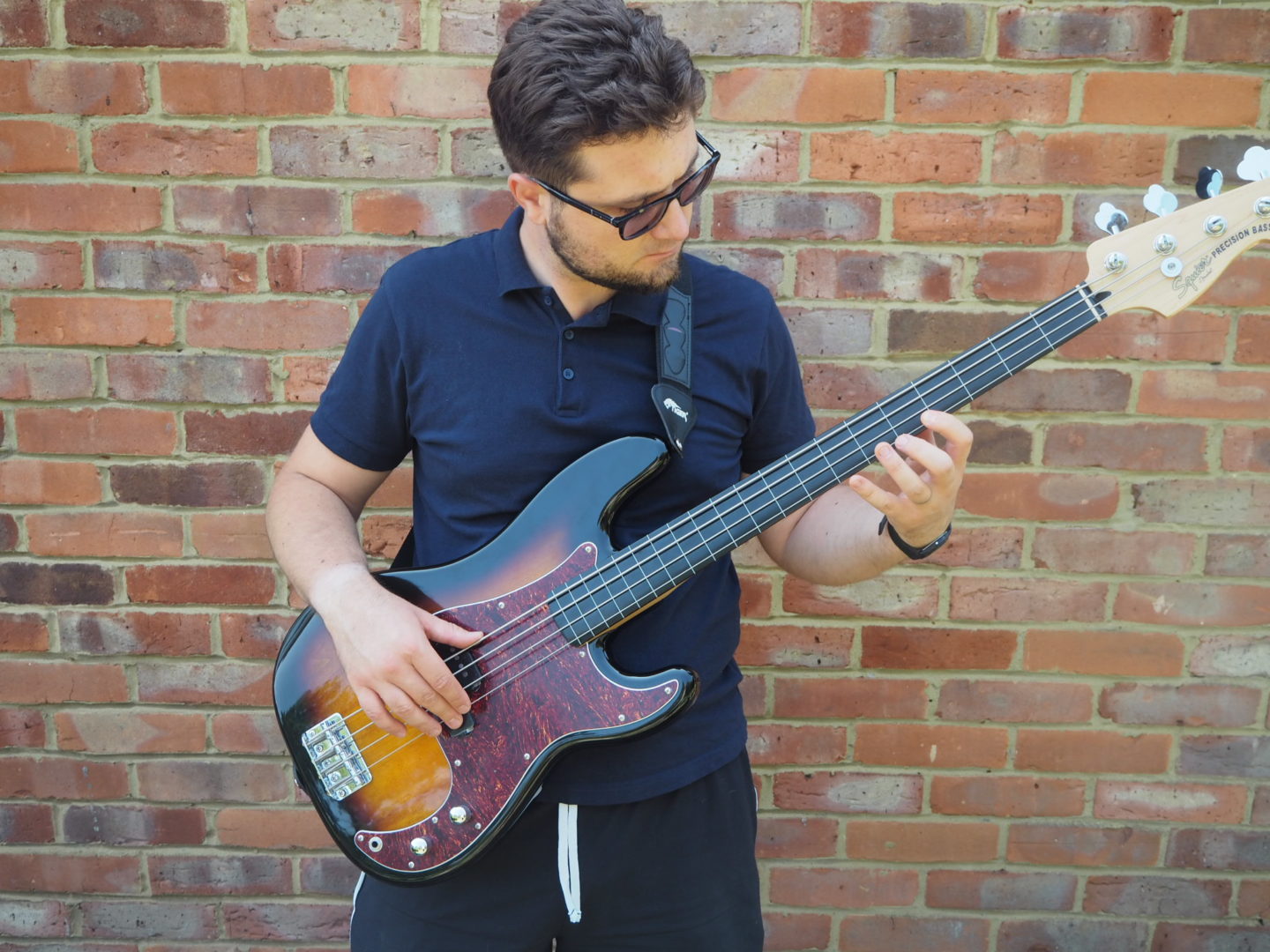
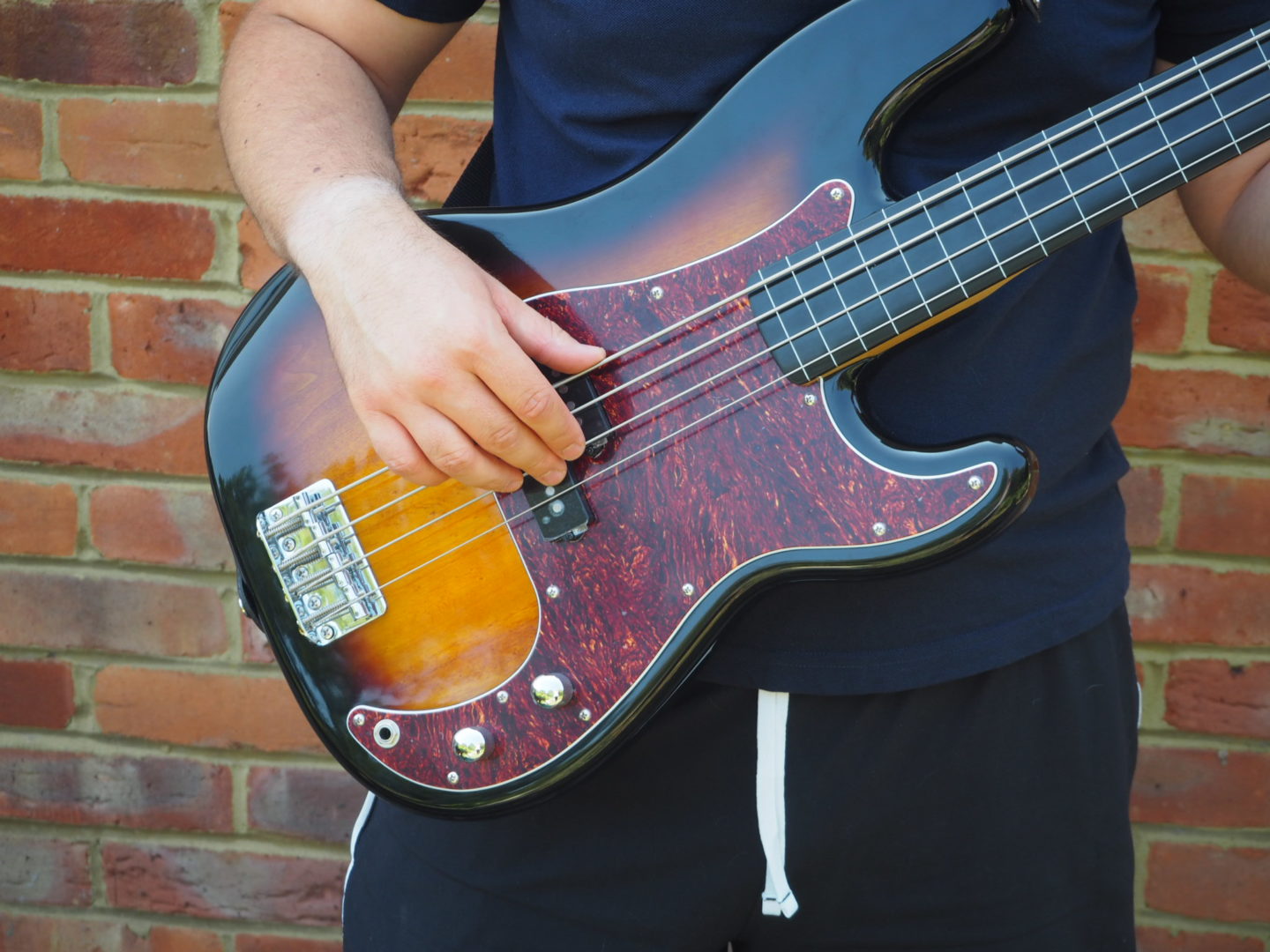
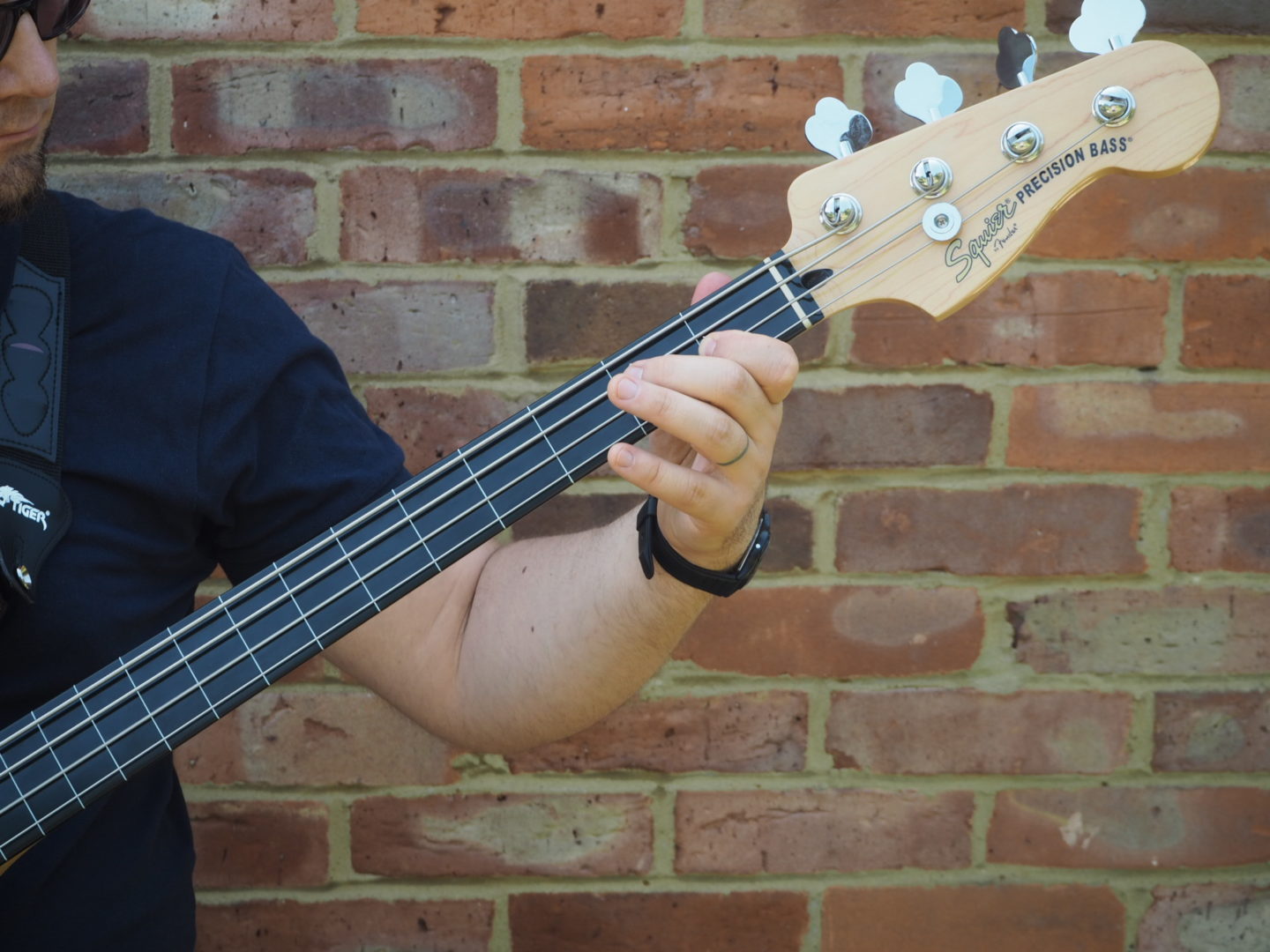
![]()

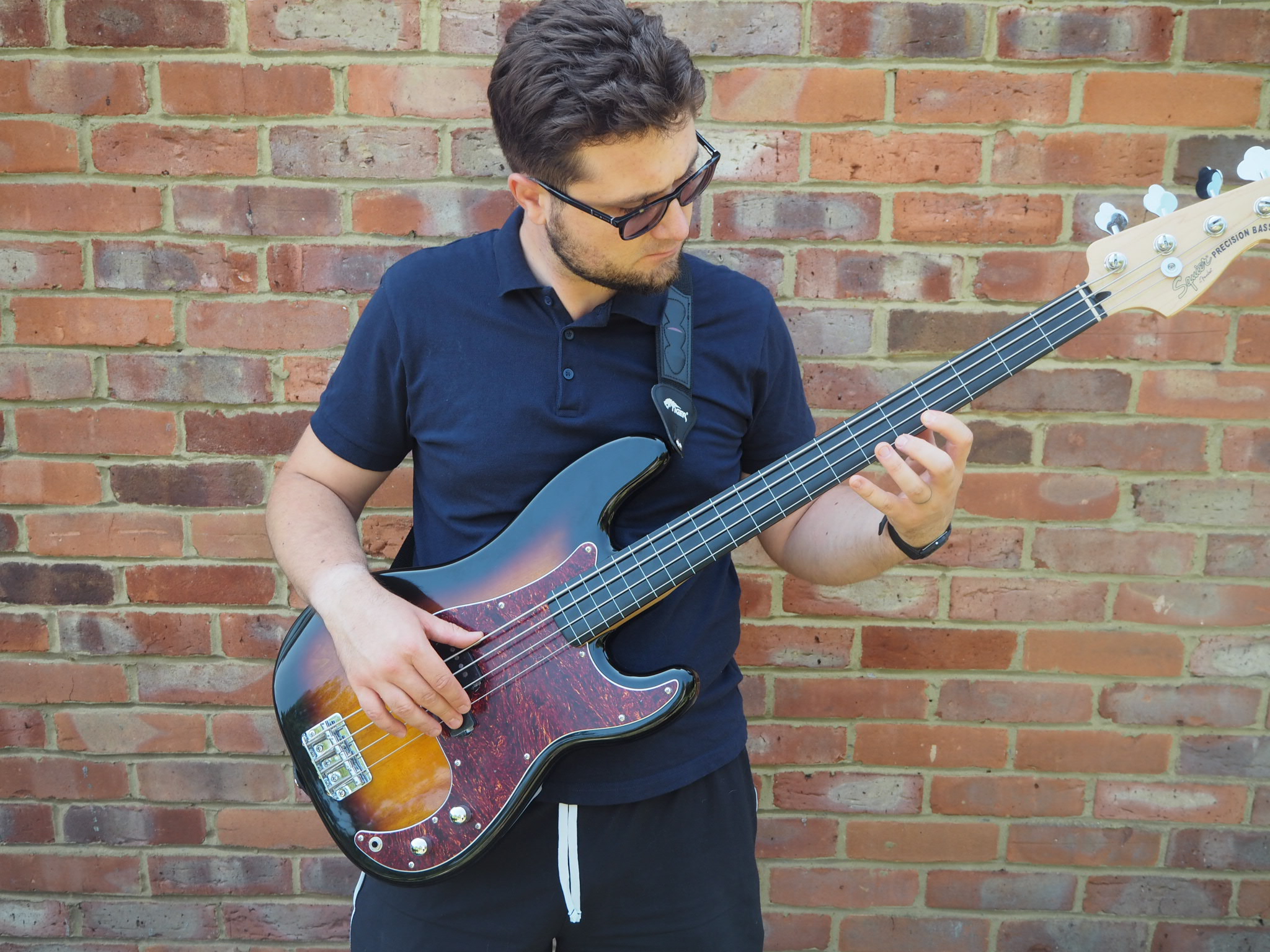

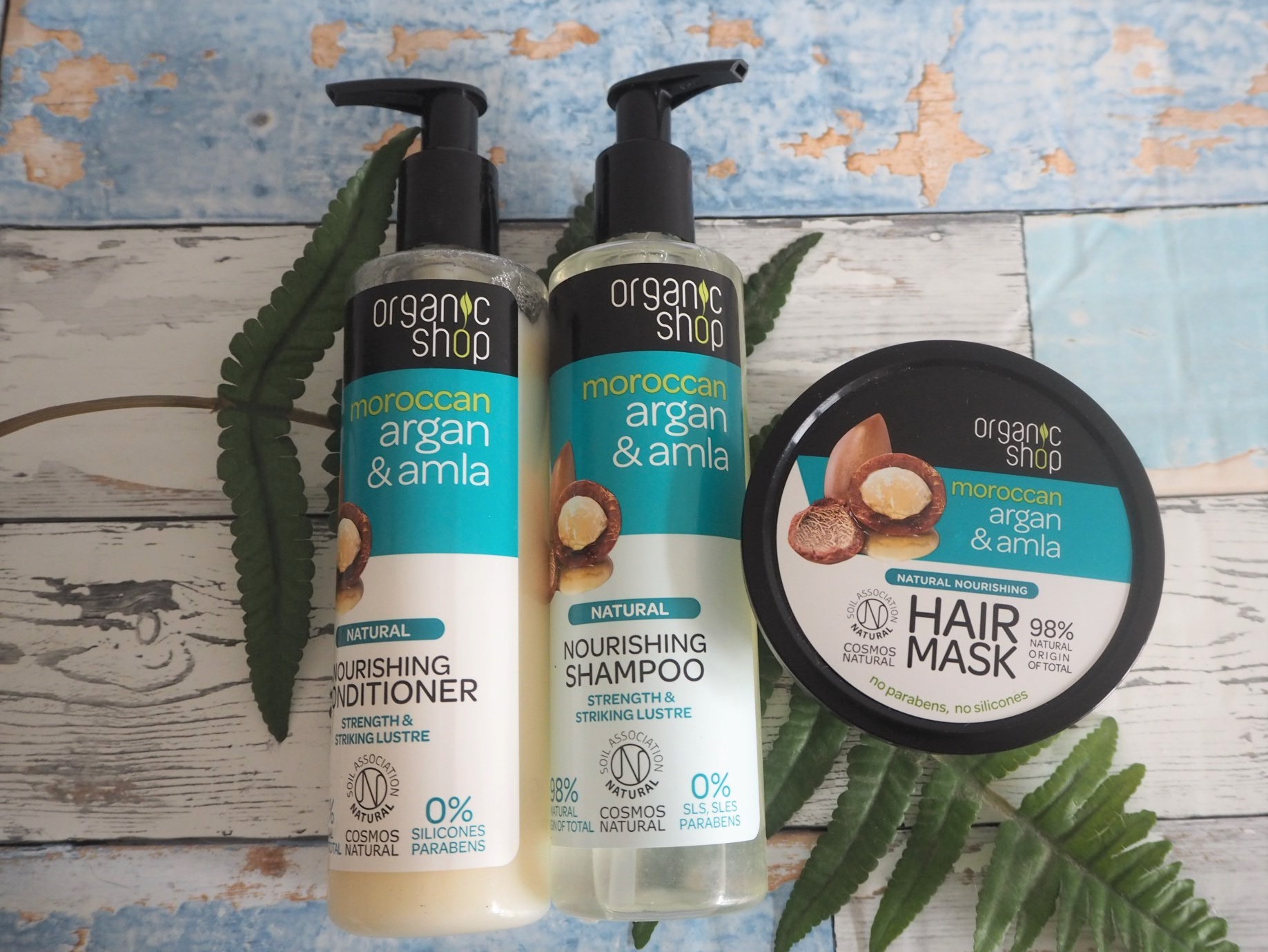
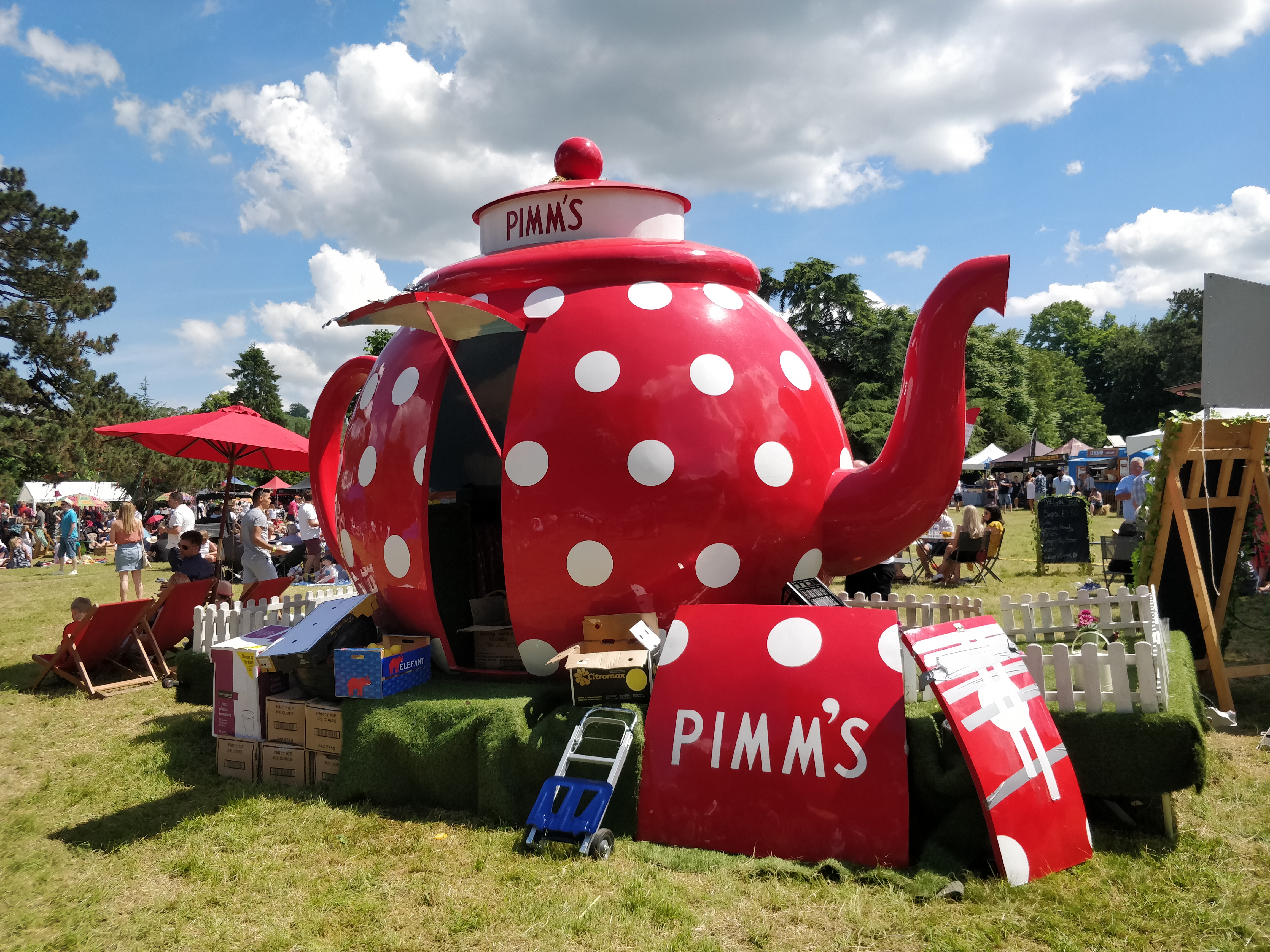




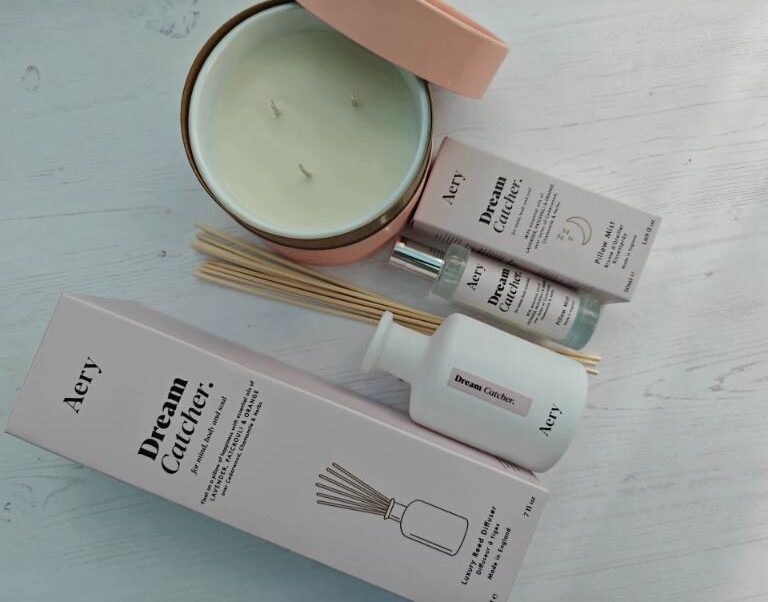
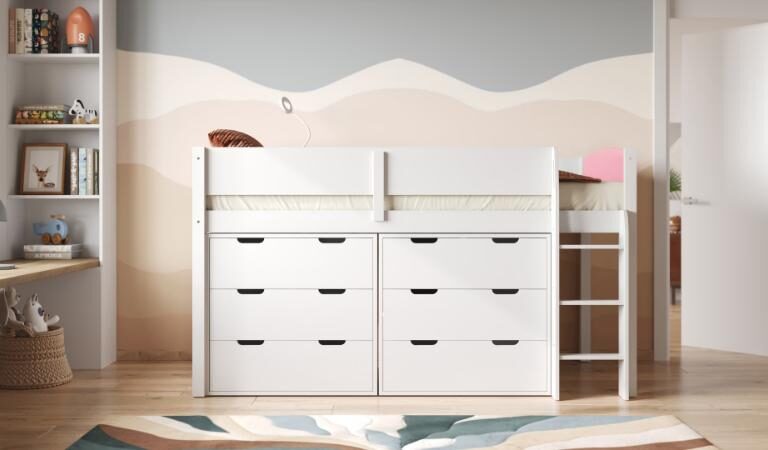



Interesting guitars! My husband used to be in a band and he played bass. I will show him this. I know many men especially who love collecting guitars
Haha indeed, my husband has a decent collection!
I’m the first to admit I know nothing about guitars but I love listening to them being played well! Sounds like you got a great deal.